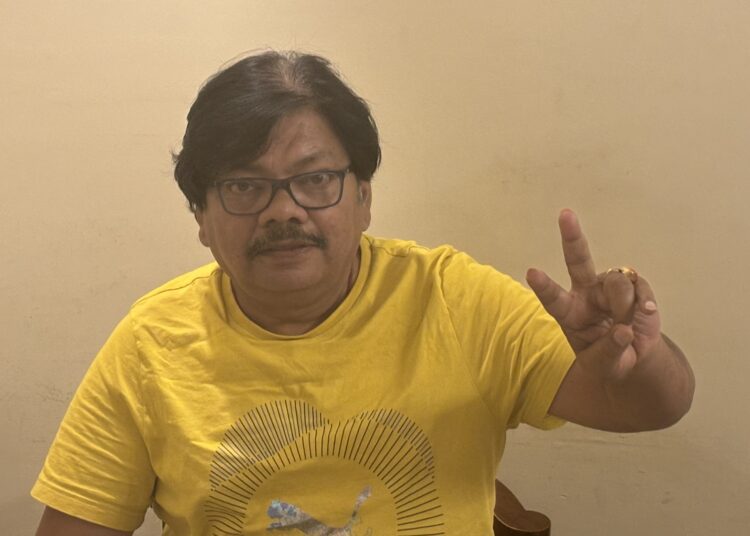The 2013 IPL spot-fixing investigation could indeed take a significant turn if the Supreme Court decides to reveal the names of the cricketers mentioned in the sealed report submitted by former Justice Mukul Mudgal. Aditya Verma, who has been a persistent petitioner in this case, seems to be taking the next step by planning to file an interlocutory application (IA) to request the court’s permission to disclose these names.
If the Supreme Court grants this request, it could have major implications for the cricketers involved and the overall integrity of the sport. The potential disclosure could bring a new wave of scrutiny and possibly reshape the landscape of Indian cricket.
“140 crore Hindustanis who worship cricket should know who all are involved in cricket malpractices. The board should have done their own investigation and since that didn’t happen in all these years, time has come to reveal the names right now,” Verma told CricBlogger. However, it may not be so easy as the matter is complex. .
Initially, there were board officials who advocated for making the sealed document public, believing that transparency was necessary. However, as the circumstances evolved, the stance shifted significantly. The BCCI’s standing counsel later urged the Supreme Court not to reveal the names in the sealed document, citing concerns over the potential impact on the Indian cricket team, which was preparing for the 2015 World Cup.
This change in approach reflects the delicate balance between the pursuit of justice and the potential consequences for the sport, particularly during a critical period like the World Cup. The decision to keep the names confidential at that time was likely influenced by the desire to maintain team morale and focus during a major international tournament.
The potential revelation of the names in the sealed envelope could indeed have far-reaching consequences for Indian cricket, especially if some of the big stars are implicated. If such names were to come out and those players were found responsible for disrupting the integrity of the game, it could lead to a major scandal, tarnishing the reputation of Indian cricket both domestically and internationally.
The dilemma here revolves around the need for accountability and justice versus the potential damage to the sport’s image. On one hand, keeping the envelope sealed indefinitely might protect the current standing of Indian cricket, preserving the sport’s image and the legacy of its players. On the other hand, some argue that transparency is essential for maintaining the integrity of the sport. If wrongdoing occurred, those involved should be held accountable, no matter how prominent they are.
Ultimately, whether the Supreme Court should keep the sealed envelope a secret forever is a question that balances these competing interests. It may depend on the broader context, including public sentiment, the current state of the game, and legal considerations. Time will indeed tell how this story unfolds and what impact it will have on Indian cricket.

















I don’t think the title of your article matches the content lol. Just kidding, mainly because I had some doubts after reading the article.